Taxonomies
Houzez has a number of taxonomies built into it. Some examples of this include property type, status, city, area, and many more.
When editing an import you can manage how the data imported relates to these taxonomies by clicking the ‘Taxonomies‘ tab:
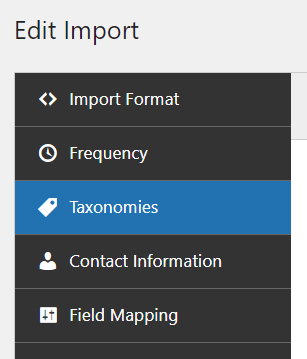
Mapping Status and Property Type
The first taxonomies available to map are Sales Status, Lettings Status and Property Type. These all work in the same manner and follow the same logic:
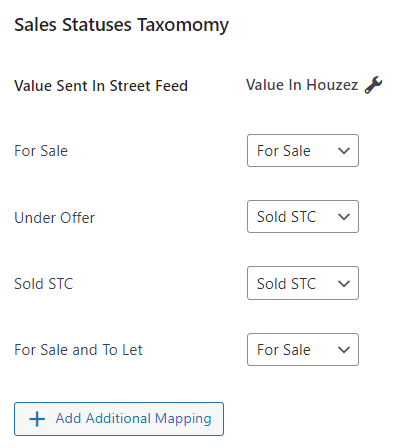
In the left column are the default values expected in the feed from the third party, and on the right are the values/terms you have setup in Houzez. You can click the little spanner icon to customise the options that show in this dropdown.
This is just the default set of values, however we appreciate that statuses and property types can be customised on a per-client basis within the CRM and may differ from this list. As a result you can click ‘Add Additional Mapping‘ to add any extra mappings. Again, entering the value expected in the feed on the left, and what you want it to be imported as on the right.
When an import runs you might see a log entry like so:
Received property type of Flat that isn't mapped in the import settingsThis can be a useful way of knowing that a status or property type received in the feed isn’t mapped and should be done accordingly.
Property City, Area and County/State
Houzez has three location-esque taxonomies. Property City, Property Area and Property State. These can be enabled/disabled from within WordPress under ‘Houzez > Taxonomies‘:
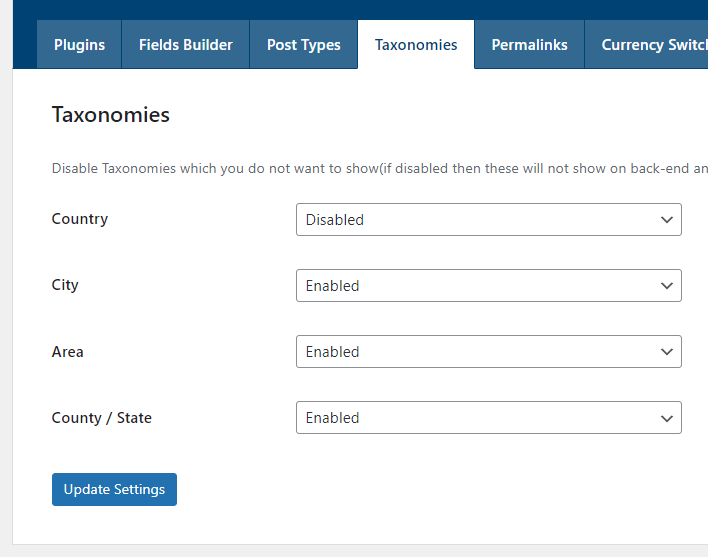
Any taxonomies that are enabled will show within the ‘Taxonomies‘ section when editing an import:
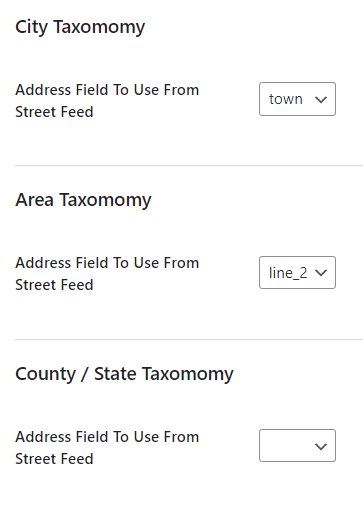
Here you can specify which field in the feed relates to which taxonomy. The fields shown in the dropdown will be specific to the format selected.
Using the above screenshot as an example, if ‘town’ is received from Street with a value of ‘London’, for example, and you have a ‘City’ term of ‘London’ setup it would set this taxonomy accordingly.
If a new location that doesn’t exist is found it will ignore it unless this option is ticked:
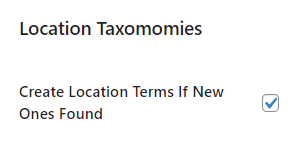
Beware that with this option ticked you need to ensure you’re consistent with the fields that address elements go into, and that the spelling is always the same. If this is ticked and one property comes through with a town of ‘Walton on Thames’ (without dashes) but another comes through with a town of ‘Walton-on-Thames’ (with dashes), then two separate terms would be created.
